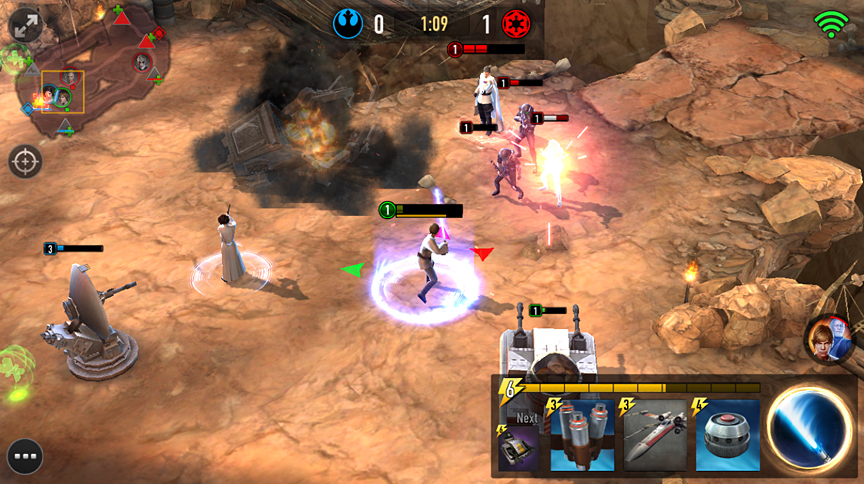

The system displayed a 100-percent success rate in tests and on the battlefield. Trophy also provides tank commanders with the origin of incoming projectiles. The precision of the response allows use on vehicles operating in proximity with infantry, negating a traditional drawback of systems like explosive reactive armor and older APSs.

The system can handle simultaneous threats from multiple directions, and selectively engages only those missiles that are on a course that will threaten the vehicle. Based on positive threat identification, the system engages the incoming missile with a pinpoint spread of MEFPs. Trophy’s radar sensors detect and categorize incoming projectiles. The Trophy system consists of a radar-detection and control suite and a pair of rotating tubes filled with MEFPs (multiple explosively formed penetrators). The system was so successful that the US Army procured it for use within armored brigade combat teams. First fielded in 2010, it was developed in response to losses suffered in 2006 against Hamas. The Israeli Army has perhaps the most widely known APS, called Trophy. HEAT munitions, and they defeat the incoming munitions before they impact the vehicle.” APSs change the calculus of war, from an infantry perspective, by greatly reducing the effectiveness of chemical-energy antitank weapon systems without requiring an increase in armor thickness. These systems “electronically sense incoming direct-fire ATGMs and . . . These systems fall into a category called active protection systems (APS). Global military forces-including those of America’s near-peer rivals-today have deployed systems designed to protect their armored vehicles from the most likely threats from infantry. In response, infantry forces began fielding weapons like the modern Javelin and TOW missiles, which have countered explosive reactive armor with tandem warheads that use one penetrating charge to trigger the defensive detonation prior to the second charge detonating, destroying the target. Since the 1970s, this has been used to defeat HEAT and EFP rounds by exploding small charges outward from the armor, interrupting the penetrating blast. The next development was explosive reactive armor. The first counter to these weapons was spaced armor, which dissipated an incoming round’s penetrating power in open air before it reached the main tank armor. But that was no longer enough to defeat weapons like high-explosive antitank (HEAT) rounds, first deployed by infantry in World War II (to varying degrees of effect), or explosively formed penetrators (EFPs). Instead, infantry units should begin conceptualizing, refining, and training new tactics, techniques, and procedures.įor tanks, in the early stages of this arms race, developing thicker armor was the simple way to protect against new weapons. As tanks with new capabilities are fielded, infantry forces will have to respond, and cannot wait for a new generation of capabilities to provide battlefield solutions. This weapon allows a single soldier to target and destroy even the most heavily armored main battle tank with an almost guaranteed kill rate, at great range and with minimal risk.īut infantry’s advantage isn’t permanent. The greatest of these capabilities are fire-and-forget, guided, top-attack missiles-the premier model being the American-made Javelin. In recent years, the balance rested firmly on the side of well-trained infantry with both advanced guided missiles and unguided rockets. Improvements in antitank weapons led to armor better able to withstand them and vice versa, with pendulum swings marking the temporary advantage of one or the other. I would rather be the hammer than the anvil.Įver since modern tanks’ first appearance on the twentieth-century battlefield, infantry forces and their armored counterparts have been engaged in a sustained arms race with one another.


 0 kommentar(er)
0 kommentar(er)
